James Gurney, New York Times best-selling author and artist of the Dinotopia series, follows Imaginative Realism with his second art-instruction book, Color and Light: A Guide for the Realist Painter. A researched study on two of art’s most fundamental themes, Color and Light bridges the gap between abstract theory and practical knowledge. Beginning with a survey of underappreciated masters who perfected the use of color and light, the book examines how light reveals form, the properties of color and pigments, and the wide variety of atmospheric effects. Gurney cuts though the confusing and contradictory dogma about color, testing it in the light of science and observation. A glossary, pigment index, and bibliography complete what will ultimately become an indispensible tool for any artist.
“James Gurney’s new book, Color and Light, cleverly bridges the gap between artistic observation and scientific explanation. Not only does he eloquently describe all the effects of color and light an artist might encounter, but he thrills us with his striking paintings in the process.” –Armand Cabrera, Artist
Read more
5269 reviews for Color and Light: A Guide for the Realist Painter (Volume 2) (James Gurney Art)
Add a review
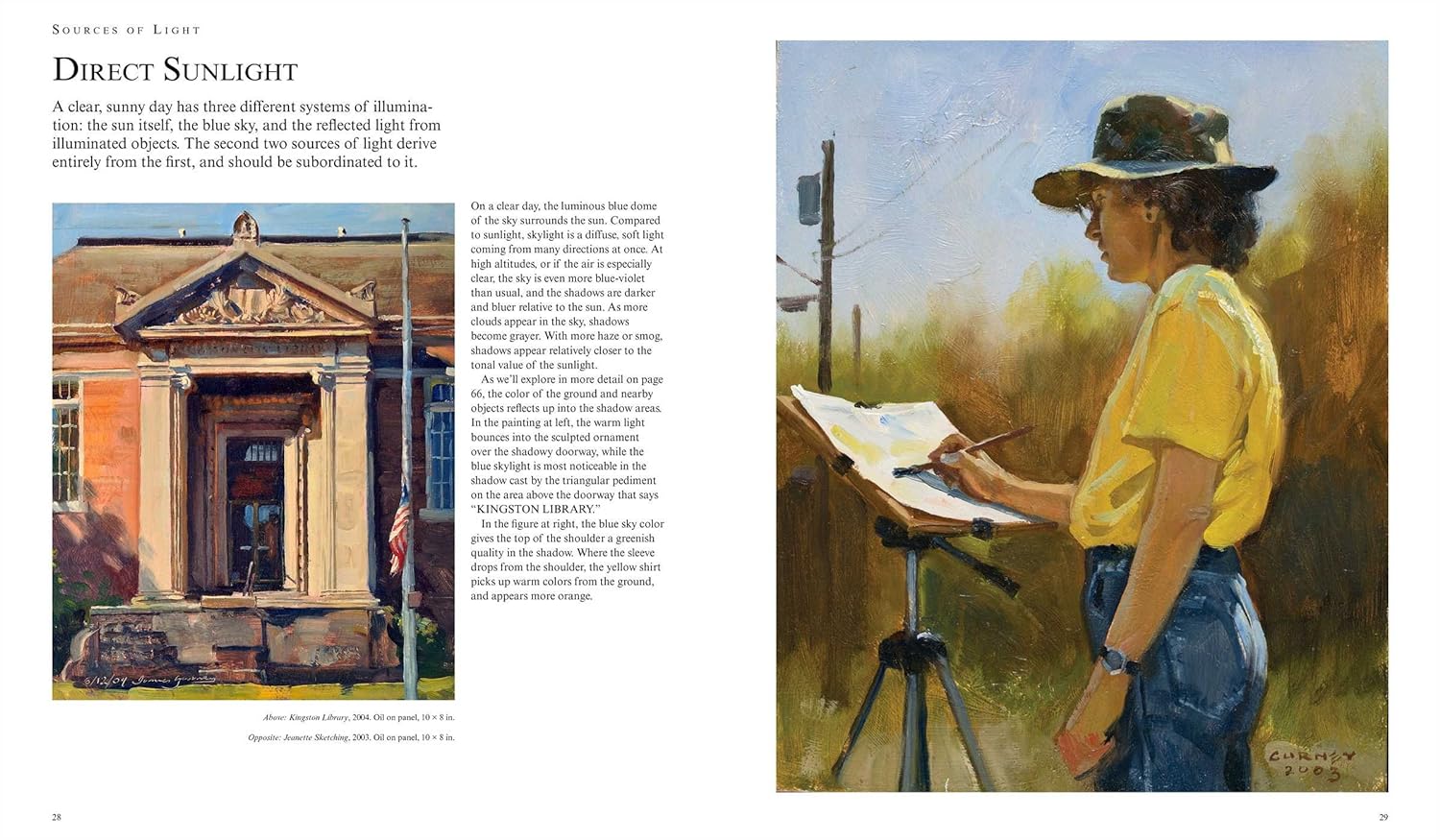
Original price was: $29.99.$20.94Current price is: $20.94.

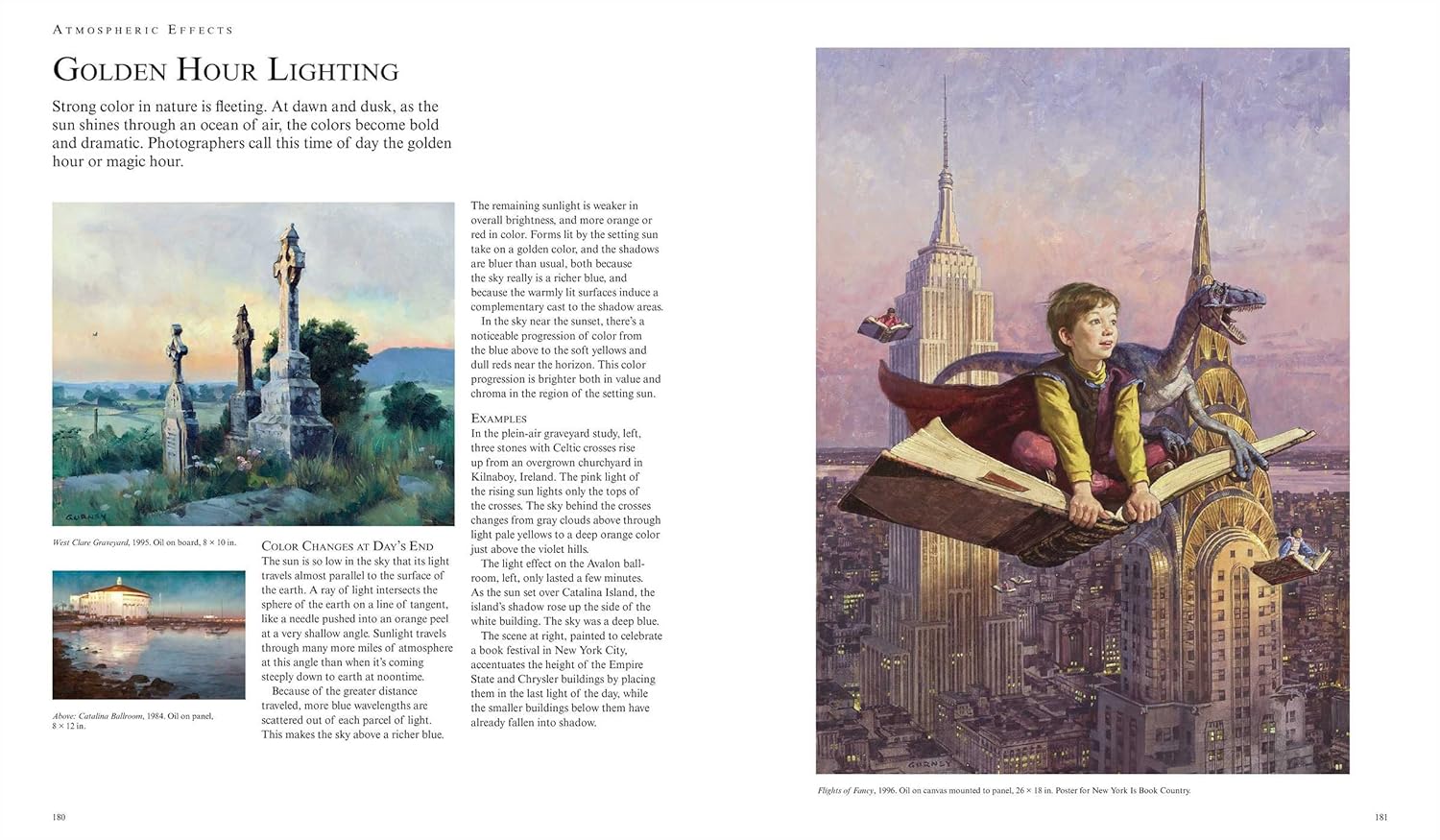


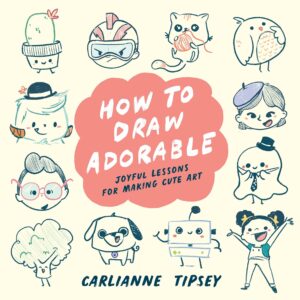
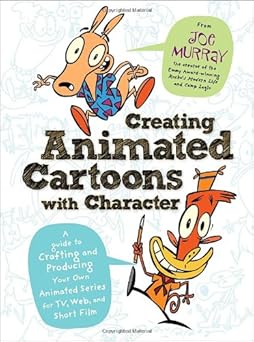
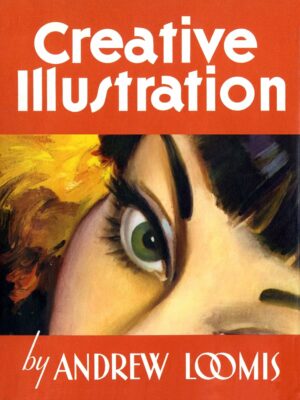


Pedro Henrique –
Loved James Gurney’s introduction to light and color, as an emerging artist.
Ian Howley –
this book is worth a college degree. It has taught me SO much. Concepts and techniques that i never learned the words for. And i went to college for painting. Very technical. Thank you James Gurney.
Scrawller on da Waller –
This is an extremely well condensed educational course on nearly all the aspects of light and color, focused mostly on oil paintings as examples. It’s strutted with a sub-concept / aspect of light or color with 2-5 paragraphs and 3 examples (usually oil paintings), per 2 page spread… there are lots of spreads… and it is enjoyably written and easy to understand for a lay person interested in improving their art hobby. The appendix in the back has beautiful notes on a couple dozen other recommended works.
He has a few spreads at the front about history, then you’re diving right in!
Enjoy!
Author of dinotopia is great at breaking down concepts to digestible pieces EVERY instructor should read this book regardless of field as an example of how to make short and effective communication with limited visual aids for individual concepts.
Sheer brilliance, if not genius.
Claritza I Rosario –
This book is very esencial tool for all Artist! I love, love, love this book! Soft cover, big letters, good graphic pictures, all the sheets have their own theme, have different theme and includes what color Masters used in old times. Very awesome book!
Keshiya Kaavyashri –
I’ve always been struggling with color theory & lighting and this book gave me a very broad insight!
My art improved significantly after implementing everything I learned from this book, a must buy for all artist!
J. L. Powell –
Here I am an artist with three art degrees… and I never learned most of this information! My main degree was in painting and Illustration!!!! Honestly the most I learned was about cool and warm color and value – that’s IT!
This book is easy to grasp, pithy and organized in such a way that you can go right to the area you are interested in without having to scan the entire book. I learned more about how to use color and paint light in the hour I ravenously scanned through it than I did in all those years of college. If you wish to learn anything about painting you must have this book!
It may seem such a simple subject, but how to set up a palette is one of the MOST confusing things an artist learns. Many times you just pick up a palette that someone else used and wing it until you get comfortable with it. Mr. Gurney actually takes so much of the mystery out of how to choose your palette of colors and how to work with what you have in that palette. This section ALONE is worth the price of the book!
Also he explains how our vision works so we can be aware of it and make better choices in how we render color and light in our images – as well as how to pay attention to depth of field! I especially loved the comparison of a photograph and a painting from observation and how much you miss in the photo. Again, this information alone is worth the price of the book!
If you are and artist looking to learn how to render an image realistically and believably, this book MUST be in your library. Mr. Gurney has taken information from many divers sources that would take another person years to gather if you could even find these out of print books and information, and he has put it all in a well-organized and easily read book that is so deeply appreciated for its clarity.
Thank you, Mr. Gurney, for all your hard work. This book should become and textbook in any painting class!
Tanja –
Warum gibt es solche guten Bücher nicht auch auf deutsch? Wer Probleme hat, in seinen Bildern richtig Licht und Schatten zu setzen ist mit diesem Buch sehr gut ausgestattet. Es gibt mehrere unterschiedliche anschauungs Bilder mit unterschiedlichen Erklärungen auf Englisch (auch wenn man wie ich, nicht so gut englisch kann, ist es in Teilen verständlich und dann selbterkläend). Es sind da zwar einige Fantasy Bilder enthalten, was der Landschafts- oder realistischen Malerei keinen Abbruch macht, da hier ja erklärt wird, wo Licht und wo Schatten sein muss, was man in jedem Bild dann selber umsetzen kann.
Amazon カスタマー –
Aun no he terminado de leerlo entero y ya puedo asegurar que se trata de un grandísimo libro. Tienes que saber de qué se trata aun así, pues no te enseñará técnicas de dibujo, estilos o trucos. Sin embargo sí que te enseña algo imprescindible que muchas veces los que aprendemos por nuestra cuenta a dibujar ignoramos, que es la teoría de color, de cómo la luz y los colores reaccionan ante cualquier tipo de objeto y situación. Una cosa importante del libro que destacaría es que te explica los motivos de cada cosa, no se limite a decirte qué color tienes que poner, sino que intenta dar sentido al motivo de que sea así, y por tanto ayuda a aprender, no simplemente memorizar.
El libro está desarrollado desde un punto de dibujo más tipo óleo en su mayoría, pero que eso no te eche para atrás si no es tu estilo, pues al final la teoría es la teoría, sea en el estilo que sea. Muy recomendable.
Tanja –
Chegou em perfeito estado e sem nenhum arranhão, compra excelente e conteúdo magnifico.
artniti –
This book did not disappoint, in fact it is one of the best books I have ever read so far. Art is a subjective process where you rely more on a hunch and instinct to get things looking good. To find an artist who is conscious enough to explain all the workings of color and light is not easy since it is like putting a formula to emotions.
Chapter 1 Tradition
In the first chapter, the author wastes no time and delved right into how the great masters did it in their time with the limited pigments and how they made up for the limitations with skill.
Chapter 2 Sources of Light
In the second chapter, the quick basics of light is briefly explored from direct sunlight to window light. In the later part of the chapter, James Gurney gives accurate descriptions on rare occasions where there is a hidden light source or light sources that emits from objects.
Chapter 3 Light and Form
The third chapter covers all the lighting from each direction and all the various types of shadows.
Chapter 4 Elements of Color
This is where it gets interesting. There are some articles and books on Color that are either too technical or too brief. In this chapter, we are introduced to the basics of color and there is a sub-page on the history of color wheels that is very enlightening. You must be thinking, “Color Wheels again..” but I can assure you that most of your questions about how the wheel came to be and other variations of the wheel is all covered here.
Chapter 5 Paint and Pigments
After the introduction to color, we get right into traditional paint and pigments. Here, the techniques for color mixing and pallete arrangements are introduced. You can’t help but feel that the author is being very generous with his knowledge really. He also briefly covered a warm underpainting in this chapter.
Chapter 6 Color Relationships
The 6th chapter is a prelude to the coming chapter. It is basically a demonstration that color information changes depending on the adjacent colors that is placed next to that color. It is all about color relationships and how the warm and cool colors differs from each pallete.
Chapter 7 Premixing
The core of the book lies in Chapter 7. It covers the all important color picking or in the traditional sense, premixing. It teaches the reader how to restrict their color pallete in order to create more harmony in a painting.
Chapter 7 Premixing
In this chapter, gamut mapping and masks is covered with examples of how it would look like in an actual painting.
Chapter 8 Visual Perception
Next, there are some exceptions when it comes to all the rules of colors and here it is covered in the Visual Perception chapter. Tricky situations like moonlight color and color constancy is covered in depth.
Chapter 9 Surfaces and Effects
The final chapters are filled with techniques to render all other forms of effects like scattering, hair, caustics, motion blur and highlights.
Chapter 10 Atmospheric Effects
Finally, the rest of the book covers all the atmospheric effects of sunlight and certain materials like snow, water, rivers and underwater. If you are expecting to be spoon fed with palletes and sure fire methods of handling color then you are mistaken. However, after going through this book, you will be armed with an understanding of color like never before
..more at […]